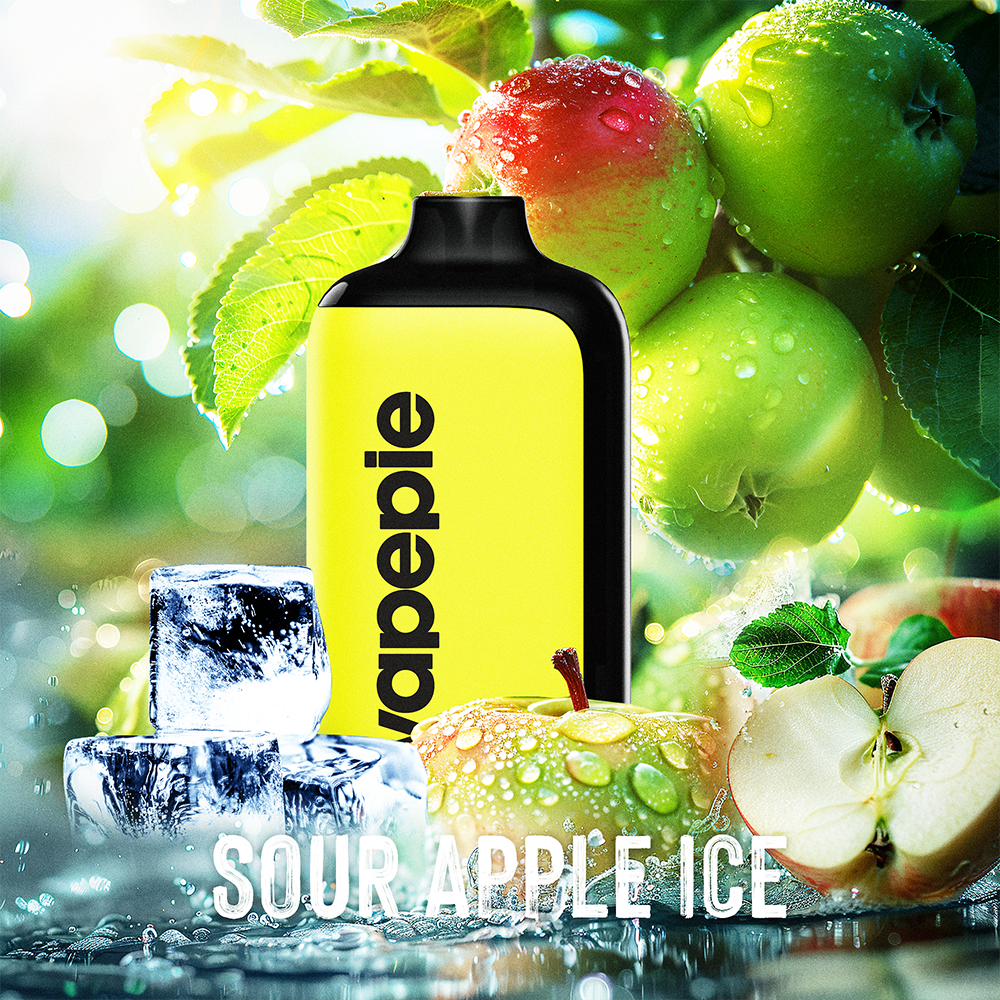Your Cart
Out of stock
Some items are no longer available. Your cart has been updated.
This discount code cannot be used in conjunction with other promotional or discounted offer.
To comply with federal regulations, please confirm you are of legal age to enter our site.
Some items are no longer available. Your cart has been updated.
This discount code cannot be used in conjunction with other promotional or discounted offer.
With the development of the e-cigarette industry, the variety of e-cigarette casing materials is becoming increasingly diverse. Today, this article will help you understand the types of e-cigarette casing materials.
E-cigarette casings are made of a variety of materials, including common plastics, stainless steel, aluminum alloys, zinc alloys, glass, ceramics, and liquid silicone. Each of these materials has its own characteristics and is suitable for different design and functional requirements.
1. Plastic Materials
PCTG: It has glass-like transparency and density, is bisphenol A-free, and has excellent food hygiene and flame retardancy. Its raw material manufacturers include Eastman and SK Chemicals.
PC: It is transparent, has excellent impact resistance, and dimensional stability, and is used in e-cigarette atomizers and mouthpieces. Its raw material manufacturers include Covestro and Wanhua Chemical.
2. Metal Materials
Aluminum Alloy: It is lightweight and strong. Surface treatments such as anodizing can achieve a matte texture, enhancing the feel. Juul, a well-known American e-cigarette brand, uses aluminum extrusion for its casings. Stainless steel: Durable, strong, and corrosion-resistant, but relatively expensive, making it suitable for high-end e-cigarette products.
Zinc alloy: Also lightweight and strong, it can be molded into complex shapes through processes like die-casting, making it suitable for e-cigarette casings.
III. Other Materials
Paper tubes: An attempt at environmental protection, but due to factors like strength and cost, they have not been widely adopted. In some cases, such as disposable e-cigarettes or specially designed e-cigarette products, paper tube casings may be used for their lightness and portability.
Glass: Beautiful and comfortable to the touch, but relatively expensive and fragile, it is generally used as a decorative component. 3D glass hot bending is widely used in e-cigarette casings, enabling integrated molding and enhancing the appearance.
Ceramics: High-temperature and corrosion-resistant, but also costly and difficult to process. Some e-cigarette brands have attempted to use ceramic materials for components such as atomizer chambers, but ultimately failed to achieve mass production.
Liquid silicone: Non-toxic, odorless, highly transparent, soft and flexible, kink-resistant and non-deformable, with a long service life and resistance to cold and high temperatures. Widely used in e-cigarette silicone sleeves, seals, and housings.
Summary
The choice of e-cigarette housing material depends on a variety of factors, including design requirements, cost considerations, processing difficulty, and user experience. Different materials have their own advantages and disadvantages, and manufacturers will select and optimize them based on actual conditions. With the continuous advancement of technology and the continuous development of the market, new materials and processes will continue to emerge, bringing more innovation and possibilities to the e-cigarette industry.

Comment